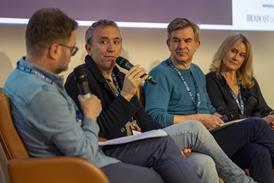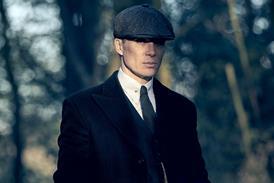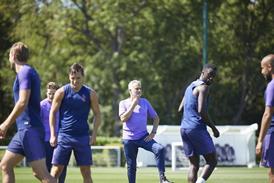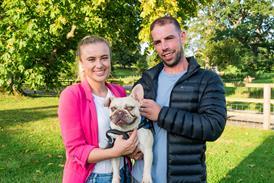It's one of the most extreme regions on the planet, where daily high temperatures reach 60°C and the land is torn apart by earthquakes and volcanic eruptions. The Danakil desert in Northern Ethiopia is also home to the heavily armed, nomadic Afar people - reputedly one of the fiercest and toughest tribes in Africa, with a rumoured penchant for castrating unwelcome visitors.
When Richard Bradley at Lion first came up with the idea of investigating how people managed to live in the hottest place on earth, he probably had little idea of the epic journey that would follow.
We decided to tackle it with a multi-discipline science team whose mission was to capture the world's first-ever photo-realistic 3D images from inside volcanoes using laser technology. We also planned to gather samples from the most extreme environments on earth to test for new forms of microbial life - or extremophiles. And while all this was happening, we planned to live and work with the fearsome Afar and their animals to see just how they managed to survive in this, the toughest of environments.
Kate Humble was an ideal choice to present - a keen and tough explorer anyway, she would make the science accessible to the BBC1 audience. She worked with a team of experts including vet Steve Leonard and geologist Dougal Jerram.
Even by today's highly protective health and safety standards, we faced some serious issues. It's not just that the land is so hot and arid, it's hostile in other ways: venomous snakes and insects are rife; the area just so happens to be a disputed border zone with Eritrea, which means soldiers and landmines are everywhere; and, on top of that, separatist groups and kidnappers roam the badlands in search of victims.
Initially, myself and a small team headed out on a month-long recce. As if to prove to us just how tough it was going to be, one of our team went down with life-threatening heat exhaustion on the slopes of a volcano at night in the middle of nowhere. The promised rescue by an air force chopper never materialised due to “some fighting in the south” so after sterling emergency treatment from the medic and our guides, our team member made an inglorious, groaning exit on the back of a camel.
The budget allowed for just 23 days, including travel, to get the job done so I needed a very tough crew. I had worked a number of times with camera supervisor Richard Farish, who started Expedition Media, a website providing specialist crews used to working in extreme environments. We put together a fantastic team including directors Katie Crawford and Justin Kelly.
The incredible landscape meant going HD was a no-brainer, but the harsh conditions meant we had to be well prepared if our kit was going to survive. Hire facilities company Hotcam gave us three Sony HDCAMs with special protective covers built for them out of the silver material used by fireman in super-hot infernos. We also took a brand new Sony EX1 hard disc camera for conditions that were too hot for tape - notably inside an active volcano on the edge of a bubbling lava lake.
A team of 30 from the UK joined nearly 50 Ethiopian crew in 21 Land Cruisers hauling two-and-a-half tonnes of kit. By any standards it was a tough shoot, with some of us trekking more than 120 miles in demanding conditions that meant we were drinking 10 litres of water a day. We were quickly in awe of the Afar people who call this place home and wander the hostile land with little more than a water bottle and an AK47.
I also grew to admire their negotiating skills. They seemed to know the exact point in the desert to leave with their camels, our kit and our water before demanding more money to stay.
We saw some incredible sights - erupting volcanoes, camel caravans miles in length and, thanks to our superb climbing team led by Mark Diggins, we descended into some extremely hazardous places full of deadly gases where no one has ever previously ventured.
By the time we finished the edit it was clear we had come out with some stunning sequences and footage that hopefully will allow people to see and understand the wonders of this remote land and its people.
The Hottest Place on Earth is a Lion Television production for BBC1 It airs in the summer.





























No comments yet